
Despite a summer in which people prefer to drive towards the coast, Madrid is full of plans and, especially, places to visit in the capital. Are you coming with us to visit these following Madrid monuments?
Plaza Mayor

Located in the heart of Madrid, the Plaza Mayor was born in the XNUMXth century from a large market located between the streets of Atocha and Toledo. After the transfer of the court to the city, Felipe II began the reconstruction of the square in 1590 erecting the first building, the Bakery House, the first sketch of an icon in the Baroque style that today has become one of the most important monuments in Madrid. In addition, this year the Plaza Mayor opens its first hotel.
Parque de El Retiro
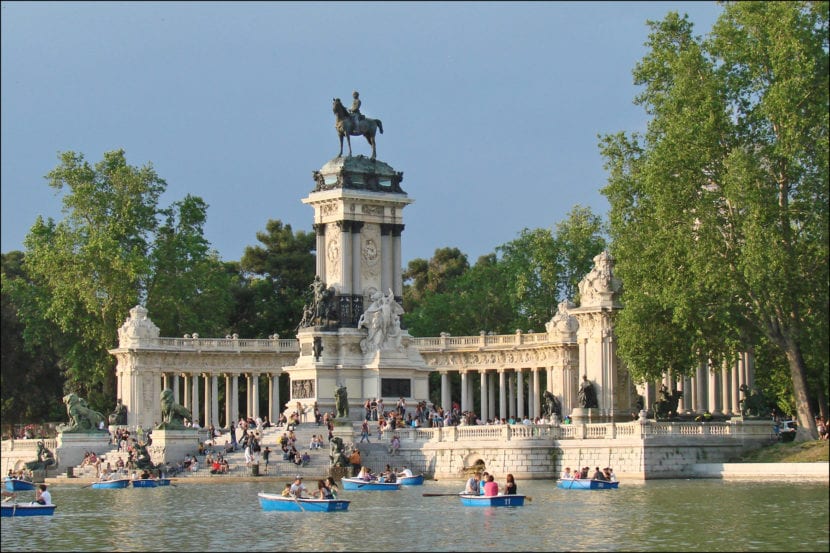
The main lung of Madrid was built in the early seventeenth century as green area of the Buen Retiro Palace, although at the end of the 118th century it became an urban park as such. With an area of XNUMX hectares, El Retiro Park is the perfect urban playground in which to enjoy its many activities, visit icons such as The Crystal Palace, built during the Universal Exhibition of 1887; or a boat ride around the Monument to Alfonso XII.
El Prado Museum
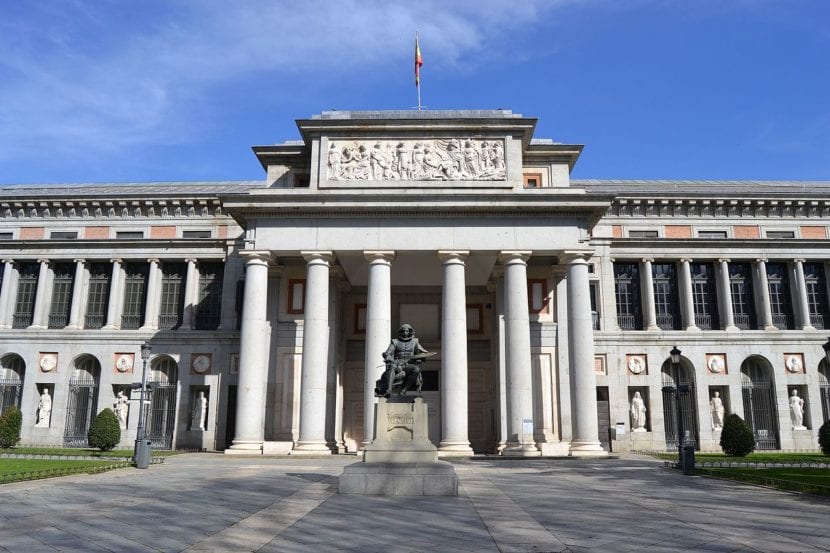
The most visited place in Madrid It is also one of the most important museums in Europe. Located in the fascinating Paseo del Prado, the museum specializes in European painting between the XNUMXth and XNUMXth centuries, encompassing the works of illustrious artists such as Goya, El Greco, Velázquez (and his Meninas), El Bosco (you cannot miss the triptych of The Garden of Earthly Delights) or Titian. As with other famous museums such as the Louvre, the Prado began by encompassing the different works of the monarchs until its opening to the public in 1819.
Puerta del Sol

The most famous square in Madrid has housed since 1950 kilometer 0, becoming the heart of a country that revolves around the now mythical Tío Pepe sign, its hubbub and bustle, the artists disguised as children's characters or the presence of statues as authentic as that of The bear and the strawberry tree. Its name, coming from the sun that adorned the entrance of the square as part of its orientation to Levante, today encompasses a Post office whose tower clock he is in charge of giving the annual chimes.
Plaza de Cibeles
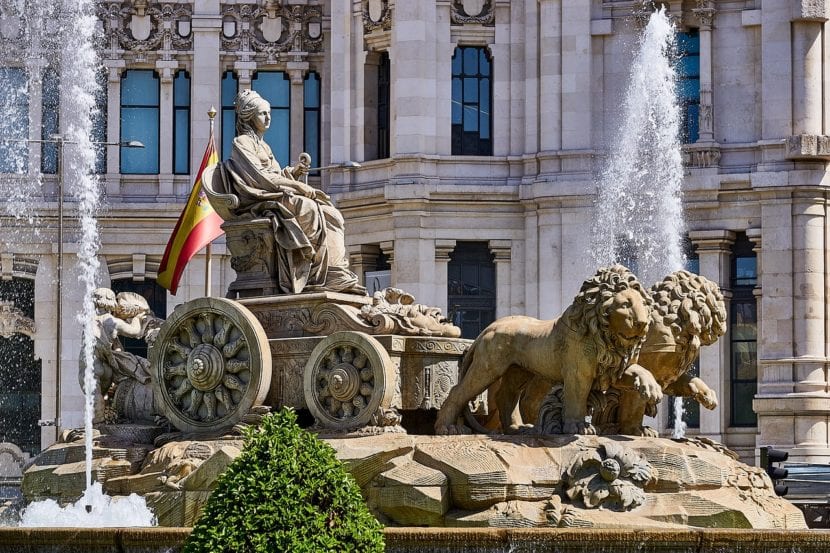
Famous thanks to a Spanish Soccer Team that loves to bathe in it to celebrate their victories, the Plaza de Cibeles It is located between Calle Alcalá, Paseo del Prado and Paseo de Recoletos already become an icon of the city. Built as part of an XNUMXth century urban redevelopment project, the fountain evokes the goddess Cybele, considered as mother earth, about a chariot pulled by two lions, which represent the mythological characters Atalanta and Hypogenes, two lovers condemned by Zeus to pull the goddess's chariot for eternity.
Puerta de Alcalá

From Cibeles itself it is possible to contemplate one of the old gateways to the city of Madrid for travelers from France and Aragon. Erected in 1778 following the pattern of the typical arches of the Roman triumph and in neoclassical style, the one in Alcalá became, curiously, predecessor of other icons such as the Arc de Triomphe in Paris. One of those monuments that, inevitably, will awaken in you the memory of a certain traditional song.
Royal Palace
Considered the official residence of the King of Spain despite the fact that he lives in the Palacio de la Zarzuela, the Royal Palace is the place that hosts the majority of events and State ceremonies in the country. Considered as the largest royal palace in Western Europe Above Versailles or Buckinham themselves, this complex was ordered to be built by Felipe V in 1734, with Alfonso XIII being the last monarch to live in it. To highlight an interior where the paintings by Goya, Velázquez or Caravaggio as proof of the opulent taste of the ancient kings. Without a doubt, one of the most important monuments in Madrid.
Cathedral of La Almudena
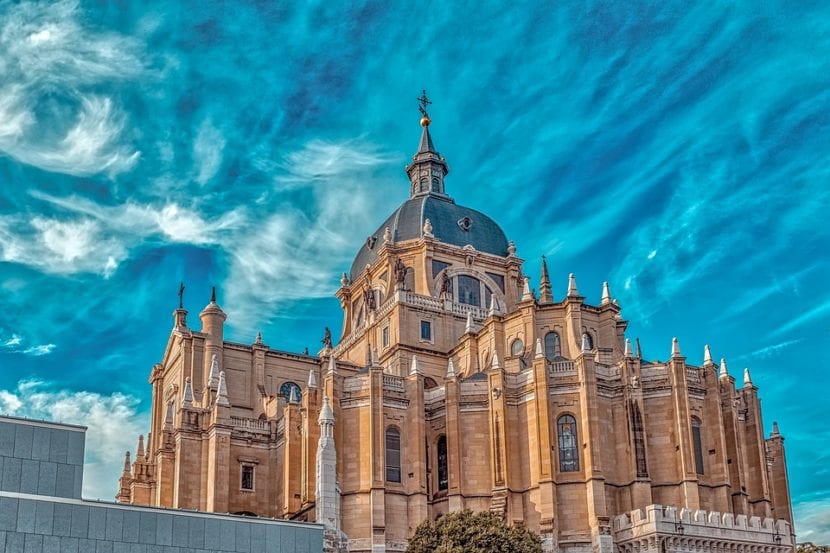
The remains of an old mosque served as the perfect canvas for a La Almudena cathedral erected between the XNUMXth and XNUMXth centuries in a rich variety of styles (from Neo-Gothic to Nerromanic) that make up one of the most impressive monuments in Madrid. Between the Parque de las Vistillas and the Royal Palace itself, La Almudena is the main nucleus of the Archdiocese of Madrid and was blessed by Pope John Paul II in 1993.
Temple of Debod
Exotic and unpredictable, the Temple of Debod is located to the west of the Plaza de España and is made up of different ships that were gifted to Spain by Egypt in 1968, year in which our country collaborated in Unesco's appeal for the preservation of the Nubian temples. A magical place that invites you to take the best photography, especially during a sunset that turns these African pieces into gold to focus on having a drink or taking a walk with your partner.
Gran Vía

The most famous street in Spain It begins at the Puerta de Alcalá and ends at Plaza de España displaying endless shops, restaurants and shows to the delight of any visitor who gets lost in its hustle and bustle. To highlight the Calla squareor, considered as the traditional Broadway for its many musicals and plays on the bill, the terrace of the Círculo de Bellas Artes or yes, even a gigantic Primark.
These monuments of Madrid that you cannot miss evoke the charm of a capital where leisure, culture and gastronomy options are complemented by a historical past worth visiting at least once in your life.
Of course, do not forget to make a mandatory stop to taste the best squid sandwich in the Plaza Mayor.
What are your favorite monuments in Madrid?